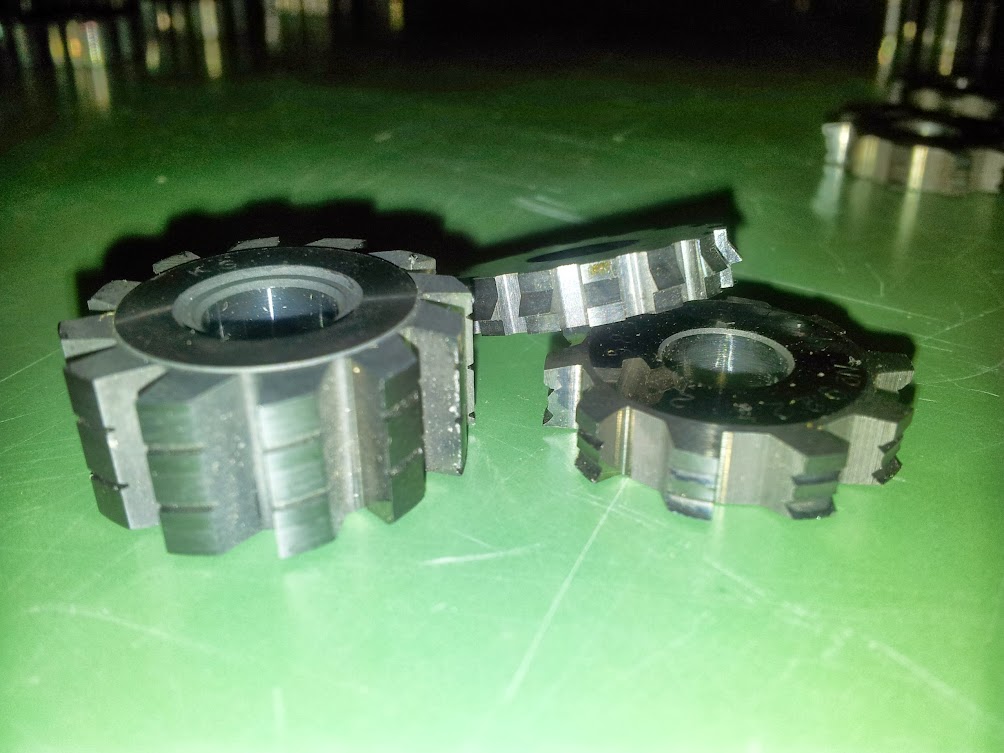Hi again all,
Another hobber question, so I opologise in advance!
Obviously the closer I can get my ratios the better, but my gear ratio's book must have - I don't know a million or so gear combinations, but not always "spot on" to the ratio's I require.
The formula I use is: (A/b) x (c/d) to get my ratio's manually - e.g 0.845029
It can take me an absoulute age to get to my required 6 decimal places using my change gear combinations (20 to 100 teeth in 1 tooth graduations, and some duplicated gears), and then sometimes I have to alter it if the combination doesn't physically fit in to the gear case, or I can't fit an idler in etc - if the set-up requires it.
I have to do this for both the index and differential on each job.
Is there a quick and simple way to work things out, or maybe some software I could purchase/download made for this very purpose. I can't believe all you gear cutters out there are math genious's!
Any suggestions would maybe stop me going insane with all these numbers!
Thanks in advance,
Mark
Another hobber question, so I opologise in advance!

Obviously the closer I can get my ratios the better, but my gear ratio's book must have - I don't know a million or so gear combinations, but not always "spot on" to the ratio's I require.
The formula I use is: (A/b) x (c/d) to get my ratio's manually - e.g 0.845029
It can take me an absoulute age to get to my required 6 decimal places using my change gear combinations (20 to 100 teeth in 1 tooth graduations, and some duplicated gears), and then sometimes I have to alter it if the combination doesn't physically fit in to the gear case, or I can't fit an idler in etc - if the set-up requires it.
I have to do this for both the index and differential on each job.
Is there a quick and simple way to work things out, or maybe some software I could purchase/download made for this very purpose. I can't believe all you gear cutters out there are math genious's!

Any suggestions would maybe stop me going insane with all these numbers!

Thanks in advance,
Mark





